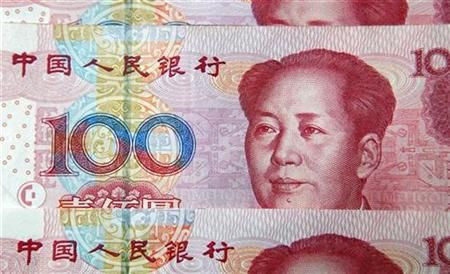China’s Non-Manufacturing Activity Falls In Sept: Official PMI

China's non-manufacturing activity declined in September compared to that in the previous month, increasing the concerns over the slowdown in the economic growth of the country.
According to data released Wednesday by the National Bureau of Statistics and China Federation of Logistics and Purchasing, the non-manufacturing Purchasing Managers' Index (PMI) fell to 53.7 in September down from 56.3 in August.
This news comes after earlier this week it was reported that China's manufacturing activity in September continued to remain in the phase of contraction. Data released by the China Federation of Logistics & Purchasing Monday showed that the manufacturing PMI rose to 49.8 in September, up from 49.2 in August. The continuing shrinking of the manufacturing activity would increase fears of the likelihood of a sharp retardation in the economy.
There have been fears of a hard landing after data showed in July that China's economy slowed down to 7.6 percent in the second quarter, down from 8.1 percent in the first quarter. Beijing is targeting a growth rate of 7.5 percent this year. In 2011 and 2010, the economy grew 9.2 percent and 10.4 percent respectively.
Last month, China reported a trade surplus of $26.66 billion in August amid the slower-than-expected growth in exports and imports, raising the concern that the country wasn't doing enough to stimulate the economy and avert a slowdown. Exports advanced just 2.7 percent in August, compared to that in the same month last year, up from 1 percent in July. Imports dropped 2.6 percent in August compared to that in the same month last year, down from a 4.7 percent rise in July.
The continuing debt crisis in Europe and the tentative U.S. recovery have hurt the demand for exports, the key driver of China's economy. The International Monetary Fund has warned that the escalation of the euro zone debt problems could slash China's 2012 GDP growth in half.
Beijing's goal this year will be to promote a steady and robust economic development, keep prices stable and guard against the financial risks by keeping money and credit supplies at appropriate levels while being cautious and flexible.
© Copyright IBTimes 2024. All rights reserved.




















